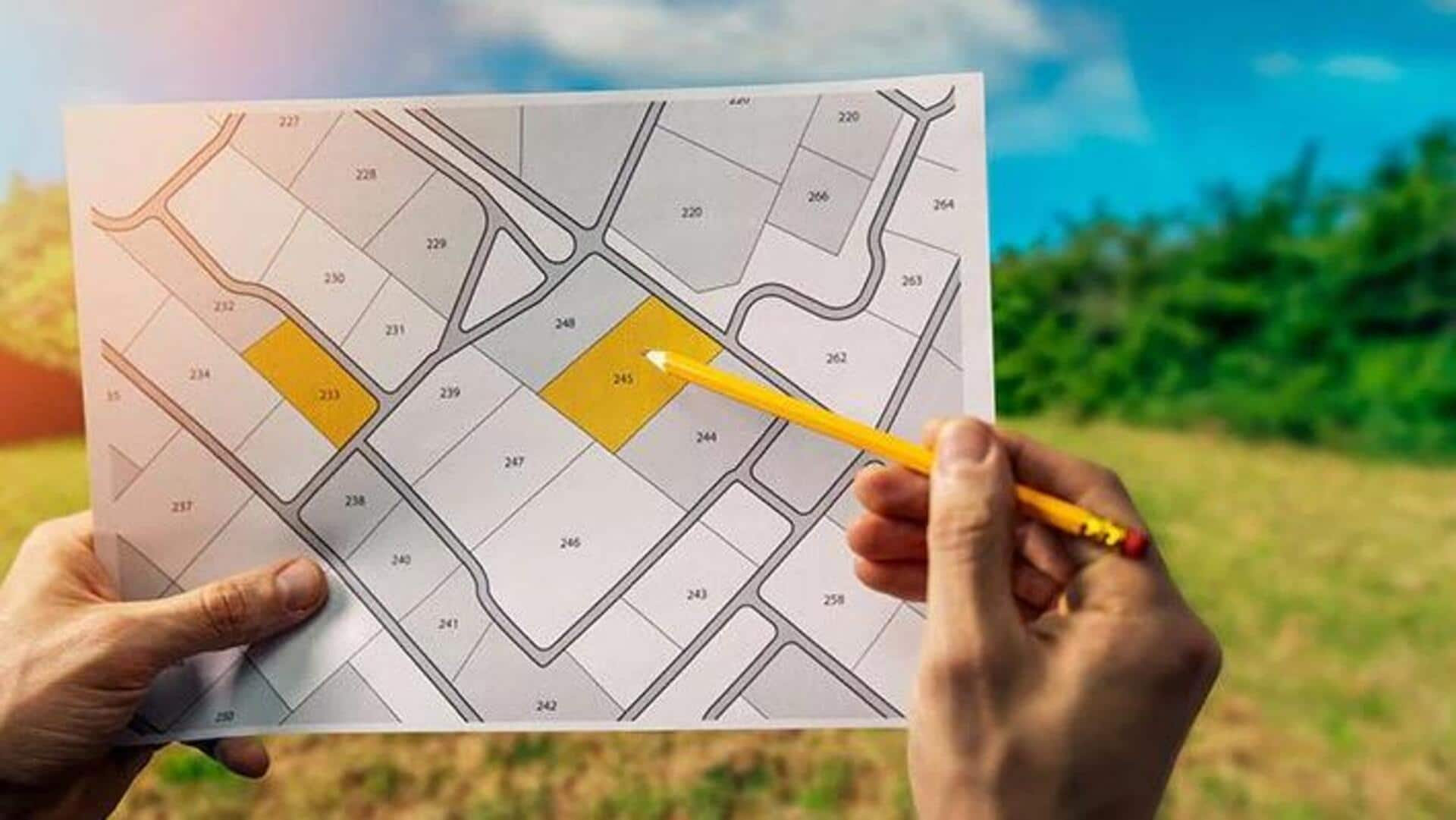
How to access land records in India: A simple guide
What's the story
Over the past few years, India has been working tirelessly to digitize land records.
This initiative is not only aimed at streamlining the process of obtaining land records but also enhancing transparency and minimizing fraudulent land transactions.
For a common Indian, knowing how to access this info can prevent a lot of unnecessary legal troubles.
Step 1
Understanding digital land records
The first step in understanding land records digitization is knowing what digital land records entail.
In simple terms, these are electronic copies of property documents containing info like ownership, area, and type of land.
The government has launched several portals like Bhulekh and Bhoomi where you can access these records online.
Step 2
Accessing online portals
To check your land records online, you'll first need to locate the specific portal for your state. Each state has its own portal for digital land records.
For instance, Maharashtra uses the Mahabhulekh portal, while Karnataka has Bhoomi Online.
After accessing the correct portal, you'll typically need to enter details like district, taluka, village name, and survey number.
Step 3
Verifying land details
Once you have retrieved your land record online, you should meticulously check all the details mentioned in the document.
Ensure there is no mistake in the owner's name, area of the property, and the boundary details, etc.
If you find any discrepancy, immediately raise a request for correction. This will save you from legal troubles later.
Step 4
Updating records regularly
Landowners are responsible for ensuring their digital land records reflect the latest updates following any transaction or change in ownership.
This requires a trip to the local revenue office or accessing the state's portal for digital updates (if available).
While India's digitized land record system may initially appear daunting, following these steps streamlines the process of securing property rights for citizens.